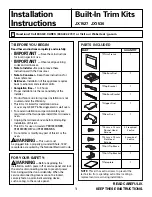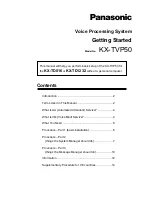
Technical Manual
Airbridge BTS3606A CDMA Base Station
System Description
Chapter 5 Reliability Design
5-1
Chapter 5 Reliability Design
This chapter introduces the system reliability, hardware reliability, and software
reliability design of the BTS3606A.
5.1 System Reliability
The system reliability design involves the following aspects:
I. De-rating design
The de-rating design aims to lower the electrical stress and temperature stress on the
high-power or heat-generating components to values less than the rated ones. It delays
performance degeneration and prolongs the service life of these components.
II. Selection, control, and normalization of components
The category, specifications and manufacturers of the components are carefully
selected depending on the requirements of the product reliability and maintainability.
The replaceability and normalization of components is also important in selecting
components.
All components are high-quality ones selected through aging test. Strict quality control
is implemented on hardware assembling procedures to ensure high reliability and
stability in the long run.
III. Thermal design
The thermal design focuses on following items to minimize the impact of temperature
changes upon product performance:
l
Component selection
l
Circuit design
l
Mechanical design
l
Heat dissipation design
The thermal design of the BTS3606A ensures that it can work reliably in a wide range
of temperatures.
IV. EMC design
The EMC design ensures that the ElectroMagnetic Interference (EMI) from other
equipment in the same electromagnetic environment does not degrade the
performance of the BTS3606A to an unacceptable level. At the same time, the EMI
generated by the BTS3606A does not degrade the performance of other equipment in
the same electromagnetic environment to an unacceptable level.
















































